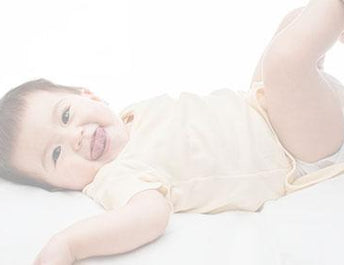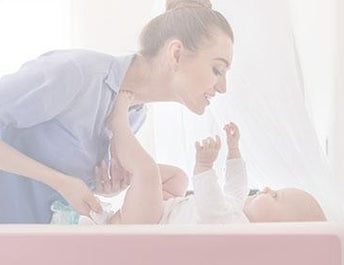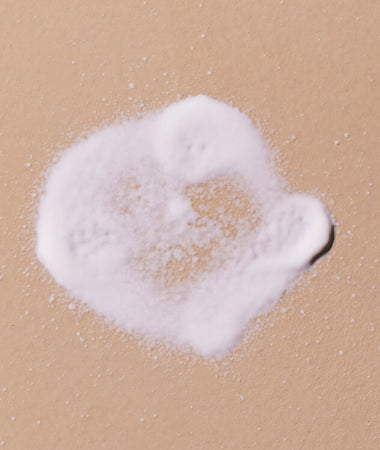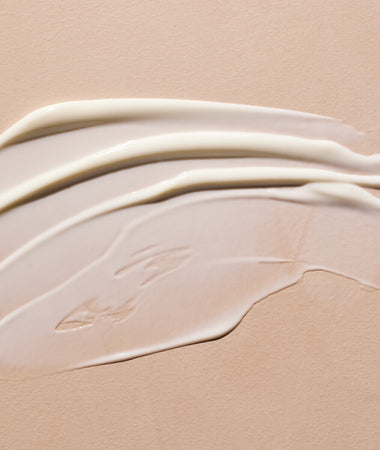
Potty Training: The Complete Guide For Parents
As your baby grows, there are many things to look forward to — their first step, first word, first bath time, and first belly-laugh all elicit plenty of (much-deserved) excitement. On the other hand, your baby’s first potty is more likely to stir up anxiety and confusion rather than jumps for joy.
Potty training your baby might seem like a daunting task, but if your child is truly ready, there's probably not too much to worry about. So don't stress — at some point, your little one will definitely get on the potty and do their thing. In the meantime, there are a number of steps you can take to help guide the process along.
Potty Training 101

Potty training should be a gentle, focused event with the end goal of your toddler knowing when he or she needs to eliminate, communicating this need, and receiving assistance with the whole toilet process until potty independence is achieved.
It all may sound a little messy — and it definitely can be at times — but we suggest focusing on staying calm and hopeful.
Keep in mind that going potty is a natural event, but going potty in the right place is a learned event. Potty training your child is a simple matter of "now we're going in the toilet, not the diaper" and guiding that ship straight home.
If you're ready to make diapers a thing of the past in your house, the experts at Mustela recommend following these easy potty training steps.
A Step-By-Step Guide To Potty Training
Introduce Your Little One To The Potty

Start mentioning the potty to your child around the time they turn one. Most children begin potty training between 18 and 30 months, so it’s a great idea to get their interest piqued early on.
Keep a few children's books about potty training lying around your house to read to your child, and try bringing up the subject of the potty in everyday conversation. The idea here is to raise awareness about their bodily functions to make your child comfortable with the overall concept before they are ready to potty train.
Pick The Potty And Its Placement

Once you decide to start the potty training process, test the waters to see what will work best for you and your child. If your little one is comfortable in the bathroom, try a potty seat that goes on top of your toilet to reduce the size of the bowl's opening. If not, a stand-alone potty chair can be placed in the playroom or bedroom, where your child can become comfortable with its presence over time.
If you opt to start off with a stand-alone potty, remember to set up that space with everything your child will need to have a successful potty time. This includes towels (to clean messes), toilet paper, and gentle wipes like Mustela’s Certified Organic Water Wipes with Cotton and Aloe our our Cleansing Wipes with Avocado.
Mustela’s cleansing wipes keep your toddler’s skin feeling refreshed and moisturized after a trip to the potty. They’re great for transitioning into a safe and clean potty routine.
Once your little one gets comfortable with the stand-alone potty, experts suggest moving it into the bathroom for repeated use so that you don't have to retrain your child down the road. And don’t forget the step stool. If your potty trainee is using a potty seat on top of the toilet, they will need it to reach the toilet and to give their feet support while pottying.
Avoid Stressful Times

Even if your child seems ready, experts advise avoiding potty training during transitional or stressful times. If you're moving, taking a vacation, adding a new baby to the family, or going through a divorce, postpone potty training your little one until about a month after the transitional time.
Children trying to master the new potty skill will do best if they feel relaxed and safe, and if they’re on a regular routine.
Light The Way

When you begin potty training, you'll want your child to be able to go to the bathroom independently, day or night. Make sure your little one has transitioned out of the crib and into a toddler or big-kid bed. After all, kids need access to a potty 24/7 so that they can reach it on their own when needed.
Keep a well-lit path to the bathroom so your child feels safe and comfortable walking there alone during the night. Of course, if you think your child isn't ready to say goodbye to their crib, there's no harm in keeping them in diapers at night for a while longer.
Remember, this is all about being gentle yet focused and making the transition as smooth as possible.
Get Into A Routine

When you're ready to start potty training, let your little one sit on the potty fully clothed when you are in the bathroom to get a feel for the seat. Then create a schedule. The key is having times throughout the day where you ritualize using the potty so it becomes a regular habit.
You might want to have your little one sit on the potty every two hours — whether they need to go or not — including first thing in the morning, before you leave the house, and before naps and bedtime.
Let your child sit on the toilet for a few minutes (or longer, especially if you think they might have to poop). Read your little one a book or play a game to pass the potty time in a fun way. Then, whether or not they actually go potty, instruct them to flush and wash their hands. Of course, always praise your little one for trying.
Expect Some Resistance

It's not uncommon for a child who has been successfully using the potty for a few days to fuss a bit and decide they want to go back to diapers. To avoid a power struggle, you might actually want to agree to a brief break.
Keep in mind that potty training is a process — not necessarily something that will be accomplished overnight. Patience is a virtue, so try to remain calm, cool, and collected. And don’t stray from the overarching goal.
Praise Your Little One

Experts suggest that potty training should not involve external motivators like candy, sticker charts, or punishment, but that doesn’t mean you shouldn’t praise your potty trainee for a job well-done throughout the process.
Never punish your child for wetting or soiling their pants; remember that they’re still learning. In fact, doing so might only make your little one scared of using the potty, and that, in turn, can delay the whole training process even more. Instead, when your child uses the potty successfully, offer praise and support.
Stay Squeaky Clean

To set children up with good hygiene habits, washing hands should be routine from day one, along with flushing and wiping, regardless of whether your child actually went in the potty.
The Centers for Disease Control and Prevention recommends wetting hands with warm water, lathering up with a gentle soap (like Mustela’s Gentle Soap with Cold Cream Nutri-Protective), and scrubbing for at least 20 seconds.
Make hand washing last long enough by singing a favorite song so the bubbles can work their germ-fighting magic. Soon enough, your baby will be a “big kid!”
Yes, potty training can be stressful — both for you as the parent and for your child. But if you follow your toddler's lead, things will go much more smoothly. Just don’t forget that potty training is about progress rather than perfection.
If you’ve been potty training for a month and your child is not making much progress, take a break for a month or two and come back to it (or try a new method). Finally, take a deep breath. You and your little one will get the pottying process down in no time!
- reg.
- $14.00
- Sale price
-
$14.00
- reg.
-
reg.
- Unit price
- /per
Suggested Articles

Diaper Changing: Cleaning Your Baby's Bottom

What's in My Diaper Bag?

How to Change a Diaper: A Step-By Step Guide
Get tips, news
and exclusive offers




